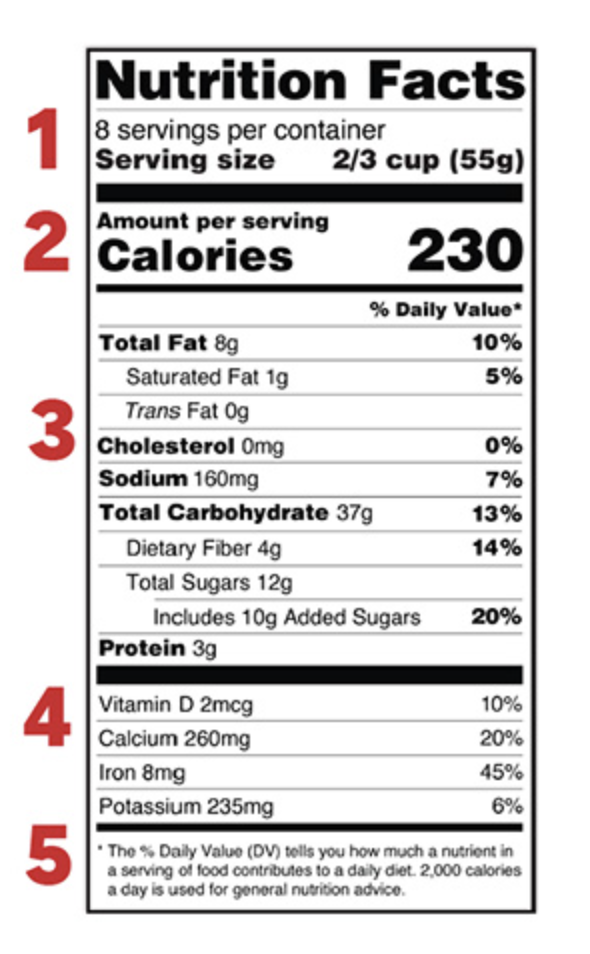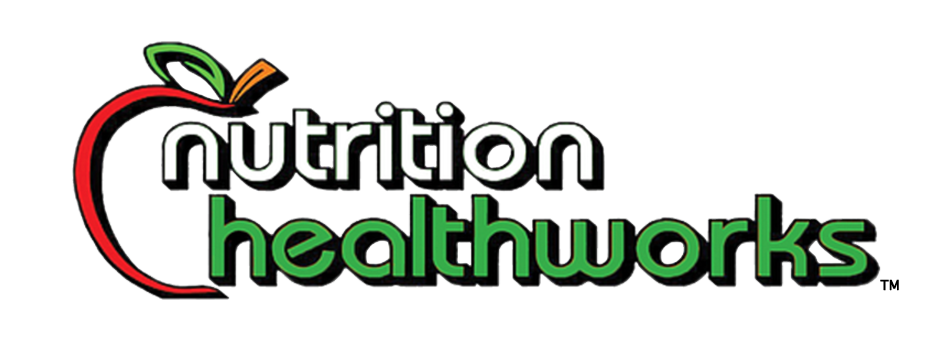Food label reading can be intimidating, especially if you’re trying to make heart-healthy choices. There are so many different things to consider, from serving sizes to nutrient content. But don’t worry, with these heart-healthy tips, a little bit of knowledge, and some practice, you can easily become a pro at reading food labels. Here are some tips to help you get started:
Food Labels Explained
Start by looking at the serving size and servings per container. These numbers will help you understand how much of the food you’re eating and how it fits into your overall diet. Make sure to compare the serving size on the label to the amount you’re actually consuming.
Next, check out the calorie content. This will give you an idea of how much energy the food provides. If you’re trying to lose weight or maintain a healthy weight, you’ll want to pay attention to the calorie content of the foods you eat.
Look for the total fat content, and pay special attention to the amount of saturated and trans fats. These types of fats can increase your risk of heart disease, so it’s important to choose foods that are low in saturated and trans fats. Instead, opt for foods that are high in monounsaturated and polyunsaturated fats, which can actually help to improve heart health.
Sodium is another nutrient to watch out for. High sodium intake can lead to high blood pressure, which is a risk factor for heart disease. Aim for foods that are low in sodium, or choose options that are labeled “reduced sodium” or “no salt added.”
Don’t forget about carbohydrates and fiber. These nutrients play important roles in heart health. Complex carbs, like whole grains, legumes, and vegetables, provide long-lasting energy and are packed with nutrients. On the other hand, simple carbs, like sugar, can cause blood sugar spikes and lead to weight gain. Try to choose foods that are high in fiber, as this nutrient can help to lower cholesterol levels and improve heart health.
Lastly, check out the ingredient list. This can give you a good idea of the quality of the food you’re eating. Look for whole, natural ingredients and avoid foods with a long list of additives and preservatives.

Balancing Nutrition
Reading food labels can take some time and practice, but it’s worth it for the sake of your health. By following these heart-healthy tips, you can make informed choices about the foods you eat and improve your overall health. Remember, it’s not just about choosing the “lowest” option in each category, but rather finding a balance and making choices that support a healthy lifestyle overall.

Gunja Parikh
MS, RD, LDN
Gunja is a Licensed and Registered Dietitian with a passion for helping individuals improve their eating habits to reach their nutrition goals. She completed her Master’s degree in Nutrition and Dietetics from Meredith College in North Carolina.
Sources:
- Understanding Food Nutrition Labels. American Heart Association. https://www.heart.org/en/healthy-living/healthy-eating/eat-smart/nutrition-basics/understanding-food-nutrition-labels. Published March 7, 2017. Accessed February 9th, 2023.
- Understanding Food Labels. Harvard T.H. Chan School of Public Health. https://www.hsph.harvard.edu/nutritionsource/food-label-guide/. Published June 29, 2021. Accessed February 9th, 2023.
